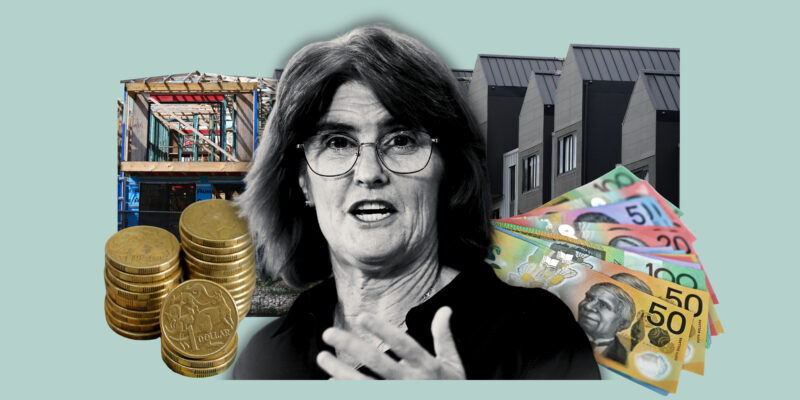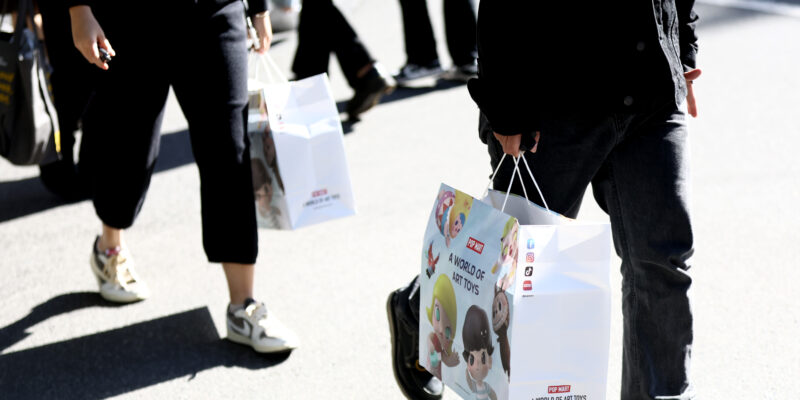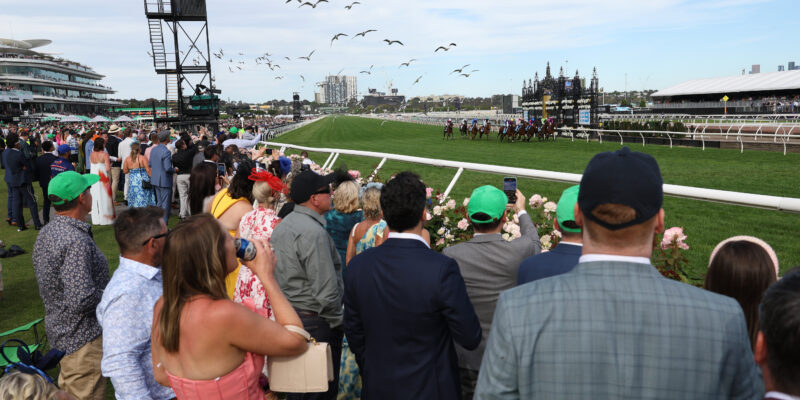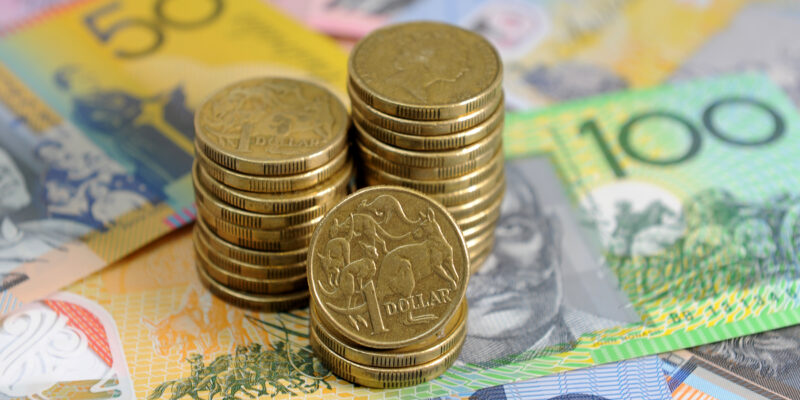Relief for borrowers as RBA hands down second rate cut
The official cash rate has a three in front of it for the first time in two years, after the Reserve Bank cut interest rates by 25 basis points, as expected.

THE Reserve Bank of Australia has cut interest rates by a quarter of a percentage point in a widely-anticipated decision, flagging concerns over global economic uncertainty.
Following the central bank’s first 25 basis point cut in February, the move brings the official cash rate down to 3.85 per cent.
It’s the first time the key interest rate has had a three in front of it in two years.
All four big four banks immediately announced they were passing on the cut in full to variable rate mortgage holders.
Borrowers with a median mortgage of $600,000 can expect to pay about $90 less per month in interest repayments, assuming banks pass the rate cut on in full.
Treasurer Jim Chalmers said it was very welcome relief for millions of Australians.
“We are really pleased to see more help for hard working families with a mortgage,” he said in a statement.
“It reflects the substantial and sustained progress we’ve made together on inflation, and it recognises the uncertain global environment.
“Today’s cut doesn’t mean the job is finished, but it will help.”
Money markets and most economists had tipped the cut ahead of the RBA board’s announcement on Tuesday afternoon, citing moderating inflation, sluggish consumer spending and a dour economic growth outlook fuelled by trade uncertainty.
The consumer price index for the March quarter remained steady at 2.4 per cent, while trimmed mean inflation, which removes volatile price movements, dropped to 2.9 per cent.
Both measures are within the Reserve Bank’s target band of two to three per cent.
But stronger-than-expected unemployment and wages growth, as well as a pause in trade hostilities between the US and China, reduced the urgency for the RBA to remove monetary restrictiveness.
Predictions of a bumper 50 basis point cut all but evaporated ahead of the meeting.
In a notably more dovish post-meeting statement, the board noted upside risks to inflation appeared to have diminished “as international developments are expected to weigh on the economy”.
“With inflation expected to remain around target, the Board therefore judged that an easing in monetary policy at this meeting was appropriate,” the statement said.
But the board said it remained “cautious” about the outlook, given uncertainty about the true extent of aggregate demand and supply in the economy, and maintained its commitment to keeping inflation low and stable.
In its quarterly update to its economic forecasts, the RBA lowered its prediction for underlying inflation from 2.7 per cent to 2.6 per cent by the middle of the year, as a result of Donald Trump’s trade war.
Australia’s economy is tipped to grow 0.3 percentage points slower in 2025 at 2.1 per cent, while inflation is expected to peak 0.1 percentage higher at 4.3 per cent.






